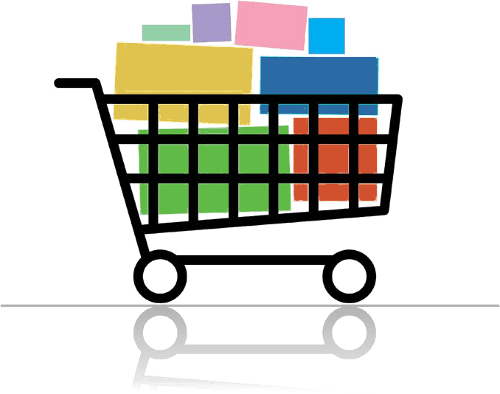
SEO for ecommerce Part 1
Introduction
What you should know before watching this course
What is SEO for ecommerce
Understanding on-page vs. off-page SEO
The importance of usability
Exploring how SEO affects the buying process
Setting expectations and establishing realistic goals for your SEO results
Understanding exactly who your customer is
Creating buyer personas
Using simple and long tail keyword research
Getting the most out of keyword research
Carrying out competitor research
Harnessing page titles and meta information
Exploring page structure: Headings, copy, and images
- Common in the modern web to have a large prominent block of text
- Should be set up using the heading tag
-
Your page heading is the first element that a user sees
- Description of product
- Important keywords
- Use alt tags for images
- Developers tools